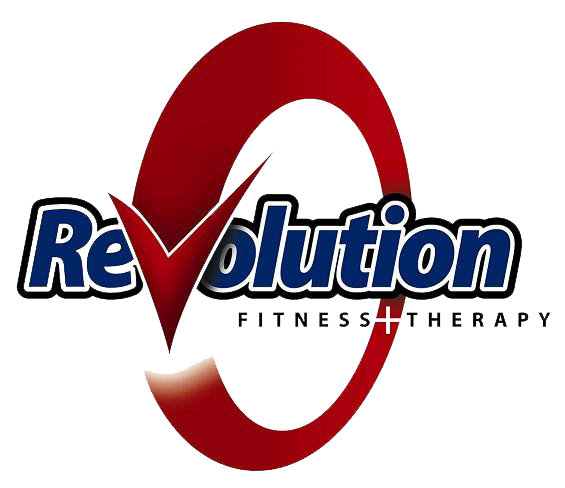If you’ve followed my work long enough, you likely have seen a subtle shift in how I prefer to approach food intake.
Years ago, I mistakenly thought everyone should be tracking calories and apps like Lose It, MyFitnessPal, and MyPlate (I’m aging myself) were popular options at the time to do so. This was also before the “rage” of tracking macros which I won’t go into much detail with here.
I’ll save that for a later post.
Over time, learning more about how to coach nutrition, based on continuing education, more certifications, and a better understanding of eating disorders (or disordered eating behaviors), I found myself changing how I wanted to approach food intake for clients.
I maintain that many people have very “simple” solutions to their food intake. When I say simple, I mean, simple to spot, not necessarily simple to fix. For instance, some people have an overabundance of alcohol in their diet. Eliminate the alcohol and, chances are, the scale will probably shift down.
However, addressing that obstacle and getting someone to make that change are two different challenges.
I prefer food journaling over calorie counting/macro tracking for a few reasons:
-It removes the “numbers” from the conversation. Many people have all-or-nothing mindsets when it comes to their diets and calorie counting, for example, can present an issue where if someone feels or sees that they “overdid” it, they have a good likelihood of allowing the rest of the day, weekend or week to go overboard as well, viewing themselves as “failures” for not adhering.
-Calorie counting, while sometimes helpful, is not always easy to do when you’re on the go. Mom-and-Pop restaurants don’t make it easy to estimate caloric intake and you’re not usually going to take a food scale and measuring cups along with you to your local Mexican restaurant.
-If you have a background in disordered eating, calorie counting/macro tracking, are often contraindicated when it comes to reducing lapses or relapses in behaviors. That does not mean that calorie counting or macro tracking “cause” lapses/relapses, only that they may increase risk of maladaptive behaviors.
So, here are some thoughts for food journaling which may be helpful for you.
-You can start with simply writing down what you eat: not portion sizes, not calories, just food selection. Be as accurate as you can. If you have a salad, write down that it was lettuce, tomatoes, cheese, chicken, nuts, dressing, etc.
-You can also add the time of day that you ate. This can help you identify if you go long bouts without eating and if you recognize that you are overconsuming later in the day as a result. You might also notice certain trends, such as, always eating something after dinner. Allow that feedback to pique your curiosity.
-Write down everything. If you had a handful of chips, just write it down. It’s neither good nor bad, it’s just a data point to help you gain awareness of things that might be of interest to improve on.
-You may want to give yourself more detail such as your emotional and/or state of hunger when you ate: Were you angry when you had lunch? Why? Was there a correlation between your emotional state and how much you ate? OR, were you ravenous when you ate that meal? Is that because the previous meals didn’t have enough protein or fiber?
-Food journaling can also be helpful if you’re trying to recognize intolerances or sensitivities to certain foods. If you believe that gluten is problematic for you, you can write down how you felt after consuming a gluten containing food. Did you feel bloated, gassy, nauseous? Also, if you choose to eliminate a food for a period of time, you can try reintroducing a food in a small amount and in isolation to see if the problem remains. The journal can be a data bank to understand how your body reacted to that food inclusion.
There is no universally great tool for all people. Some tools work perfectly fine for some and terrible for others. This could be due to prior experience with a tool, life stressors, or accessibility.
The great thing about food journaling is that you don’t need any special software or apps to do it. You can use the notes section on your phone or just a pen and paper.
As always, my suggestion if you do decide to journal, is to do it in real time. Try not to do your journal at the end of the day because you’re more likely to forget pertinent details.
(Photo courtesy of Hannah Olinger)

